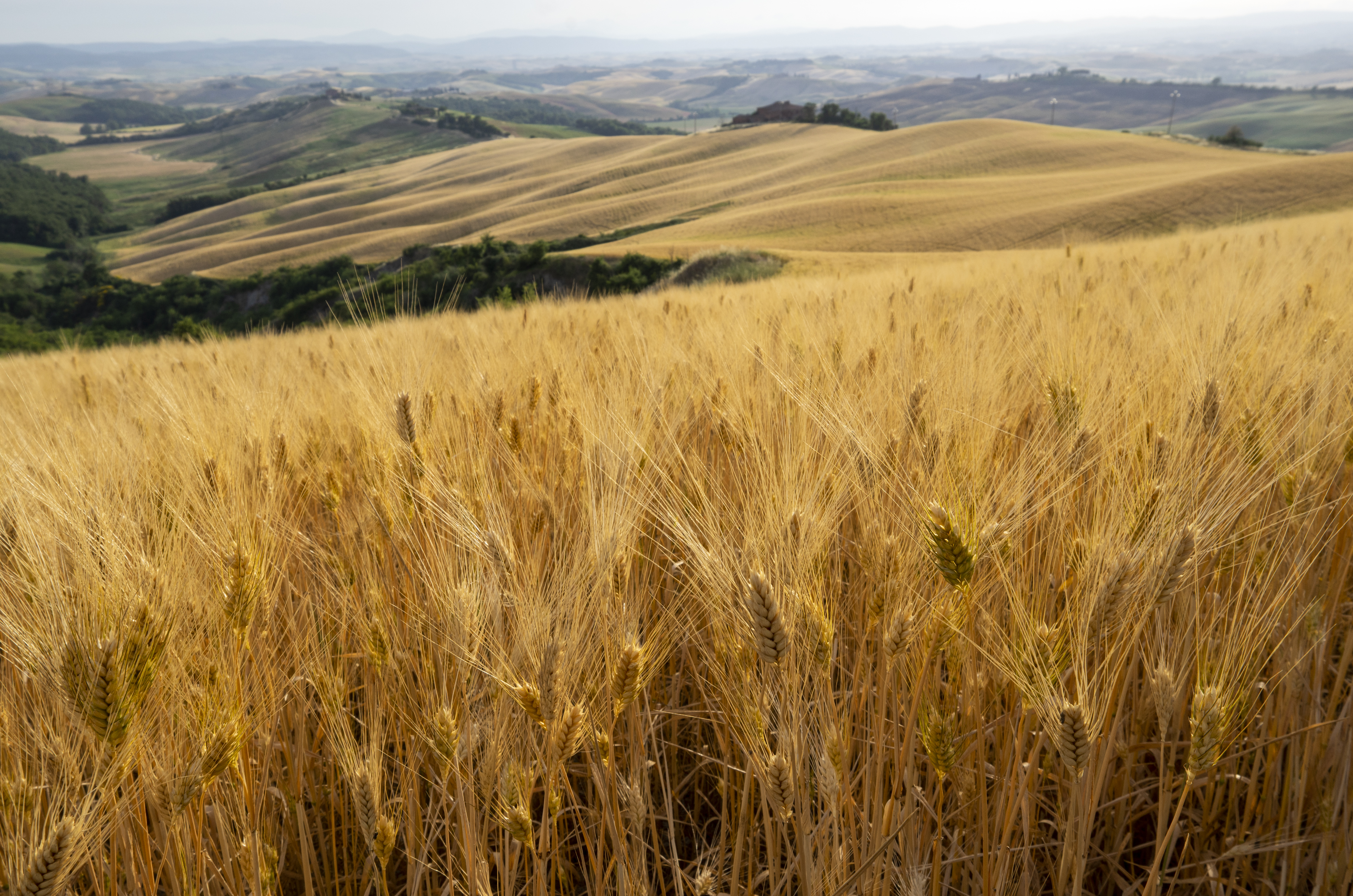Via Francigena by bike
Travelling slowly in the Terre di Siena, along the ancient route, the modern traveller can get to know the soul of the places, and become part of Italy's most famous landscape
Travelling the Via Francigena by bike is a unique journey of discovery through Italy and Europe, following the ancient route taken by pilgrims of various eras to reach Rome or the Holy Land. It is an unforgettable experience that satisfies both the athletic and cultural side of travellers and gives them the opportunity, among other things, to pass through Siena and visit its wonders.
Via Francigena by bike: stages
The via Francigena cycling route is one of the most fascinating cycling experiences Europe has to offer and, for this very reason, is very popular with cyclists all over the world.
It is approximately 2000 km long and follows the ancient medieval route that once linked Canterbury to Rome: the road passes through France, Switzerland and Italy, through historic towns and breathtaking landscapes. The stages of the Via Francigena by bike are many, and depend on the desired route, which demonstrates the great versatility of this road.
If you want to start in France, the first stop is in Calais, from where you cycle to Reims, a city of great historical and cultural importance. From here, you can choose to follow the main road, which passes through Aosta and then reaches Rome, or take the variant of the Via degli Dei, which leads from Berceto to Florence and then rejoins the Via Francigena.
The next stage leads from Besançon, France, to Lausanne, Switzerland, through the magnificent landscapes of the Swiss Pre-Alps. From here you continue towards Lake Geneva and then on to the Great St. Bernard mountains.
Once in Italy, the very first stage is the one leading from Aosta to Ivrea, passing through Valle d’Aosta and Canavese. From Ivrea, we continue towards Vercelli and then Pavia, where we can visit the famous Certosa. You then reach Lodi, with its magnificent Romanesque cathedral.
Continuing southwards, we arrive in Piacenza, where you can visit the historical centre and the Palazzo Farnese. From here you take the road to Tuscany, passing through Lucca and San Miniato, until you reach Siena, one of the most beautiful cities of art in Italy. Those who have the possibility can stay one night in Siena and resume the route the following day after enjoying the historical, cultural and culinary wonders of this city.
The last stage is the one leading from Siena to Rome, passing through the beautiful Tuscan countryside and the city of Viterbo. Finally, in Rome, the Via Francigena by bike ends at the foot of St Peter’s Basilica, after cycling past the beautiful sights of the Eternal City.
At each stage of the Via Francigena by bike you can admire landscapes of extraordinary beauty, but also discover the oldest towns and villages in Europe: it is an experience that combines sport, culture, history and nature, and offers unforgettable emotions.
Via Francigena by bike: how many days
Many people wonder how many days it takes to cover the Via Francigena by bike, and the answer depends on personal preference, level of fitness and the route chosen.
Generally speaking, it takes about 21 days to cycle the entire Via Francigena, taking into account an average of 60-70 kilometres per day, with some stages being more demanding and others more relaxing. However, many people prefer to split the trip into several stages, perhaps to devote themselves to different activities or simply to enjoy more of the beautiful landscapes they pass through.
If you only want to cover part of the Via Francigena, opting for the Tuscan route is the right choice, where you can admire splendid art cities such as Lucca, Siena and San Gimignano. Alternatively, you can opt for the route that runs around Lake Bolsena and Tuscia, discovering some of the most beautiful villages in Italy.
